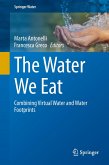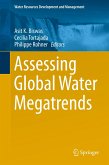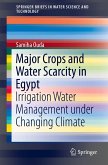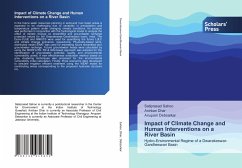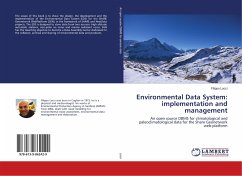This paper is part of the discussion about water scarcity, an increasingly severe and worrisome problem in Brazil. Knowing the importance of water quality, and the need for human consumption, this study aims to propose the application of the model of System of Indicators and Sustainability Driving Force - Pressure - State - Impact - Response (FPEIR), in the municipality of Arara, Paraíba, as a response to water scarcity. In this sense, perspectives of sustainable solutions were considered, based on projects aimed at the application of cisterns and reservoirs, paying attention to the care and treatment of water quality, helping the society that suffers most from water insufficiency. The methodology used was the structuring of the environmental system based on the FPEIR indicator matrix. The results structure the water problem in the semiarid region, demonstrating systemically that the reservoirs, the solutions through water mains, and the water access points available, are the main responsible for attending a large part of the region's population, solving part of the propagated water crisis problem.
Bitte wählen Sie Ihr Anliegen aus.
Rechnungen
Retourenschein anfordern
Bestellstatus
Storno


